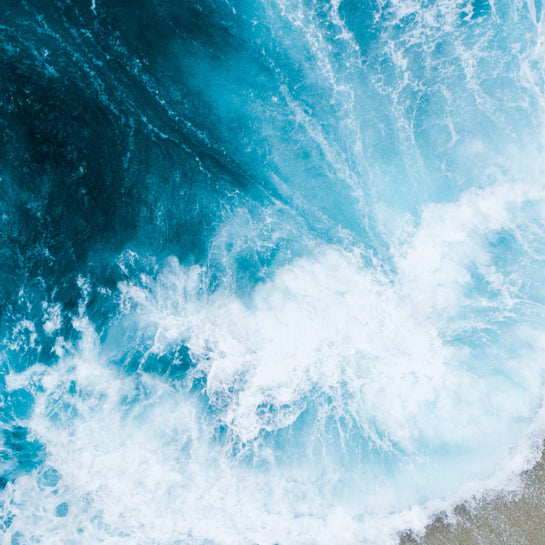Watch Crystal Materials
What are the differences between watch crystal (or glass) materials?
Timex offers three different materials of watch crystal (the lens/glass that covers and protects the watch dial). Those materials are: Acrylic, Mineral and Sapphire.
The type of watch crystal can be found under “Specs” on each product page.
The following is a guide to the different attributes of each crystal which differ with regard to scratch-resistance, shatter-resistance, flexibility, light transparency and cost.
Acrylic
Acrylic crystals are a specialised form of plastic akin to Plexiglass and were commonly used in early to mid-20th century watches. It is a soft material that can be prone to scratches but conversely is very shatter-resistant. Given its softness any scratches though can be buffed out. Acrylic crystals are synonymous with vintage-inspired timepieces and thus can be found on our Marlin and Q Timex collections.
Mineral Glass
Mineral crystals use a similar material to windowpane glass and were developed for watches as a harder alternative to acrylic. Mineral crystals are still susceptible to scratches but less so than acrylic, however it is not possible to buff out these scratches as it is with acrylic. Mineral glass is not as shatter resistant as acrylic, but does offer greater transparency and clarity. Due to their improved scratch resistance versus acrylic, and improved shatter resistance versus sapphire, mineral is often considered to be the best of both worlds as a crystal material. Mineral crystals are utilized throughout the majority of Timex’s collections such as our Ironman and Waterbury collections.
Sapphire
Sapphire is the hardest crystal available. Given its hardness it is near impossible to scratch, however, it can be prone to shattering if subjected to a heavy impact. Its scratch resistance is very desirable and as such there is a higher cost to sapphire versus other crystals. A select few of our rugged Expedition collection feature sapphire crystals.










